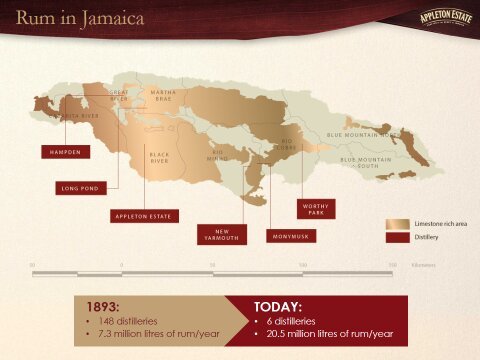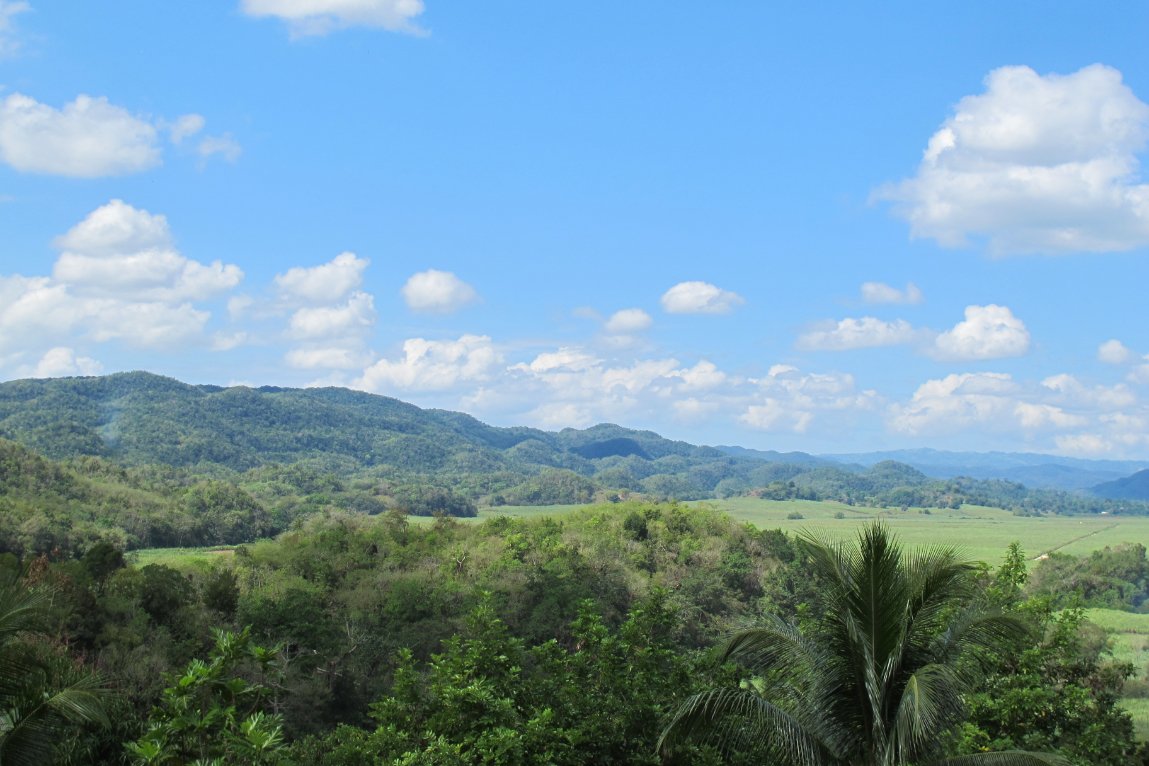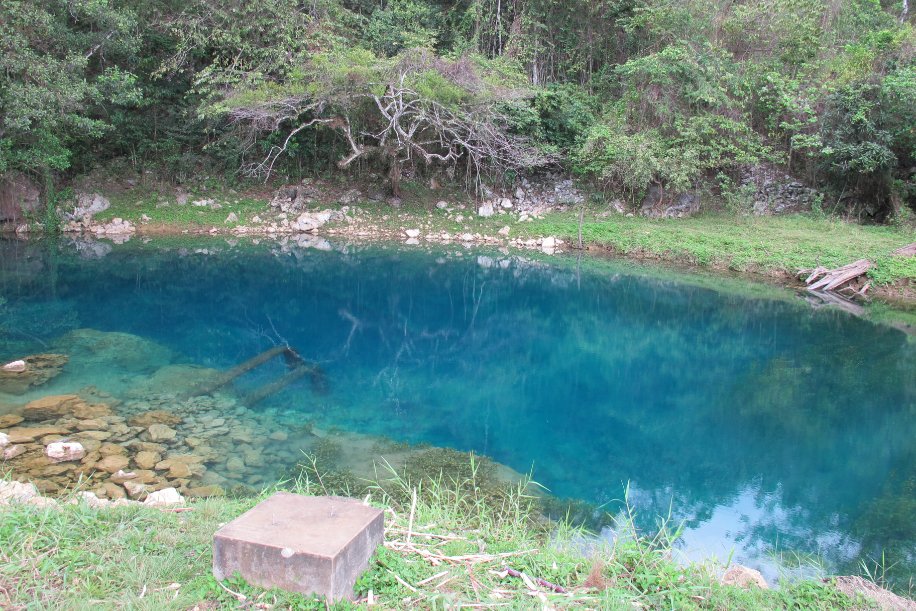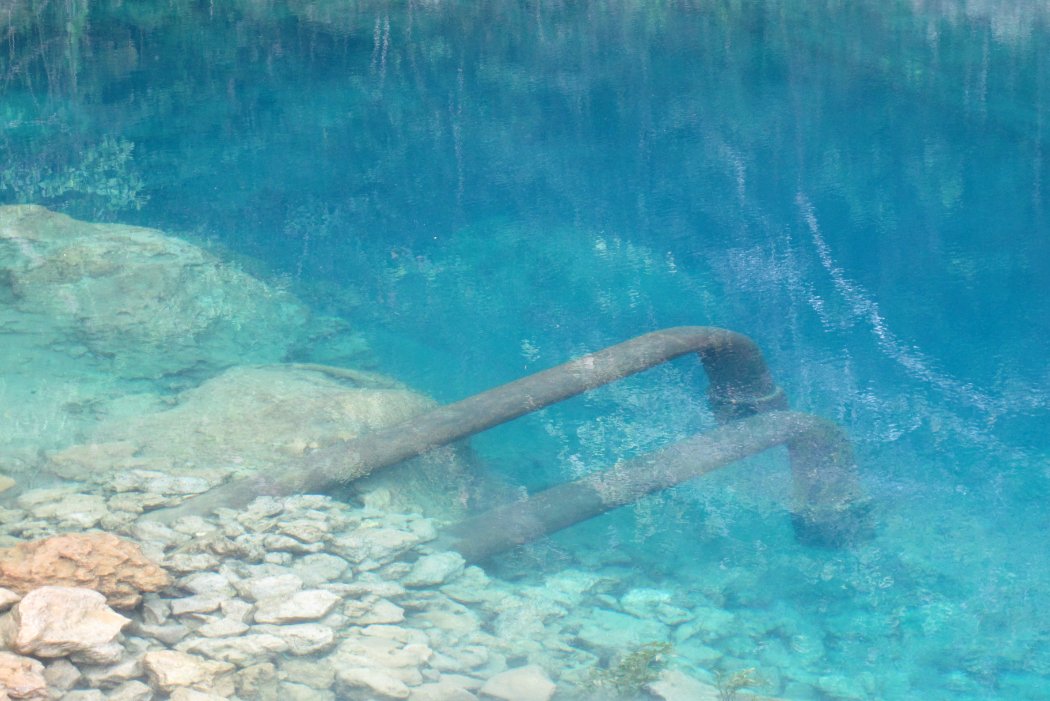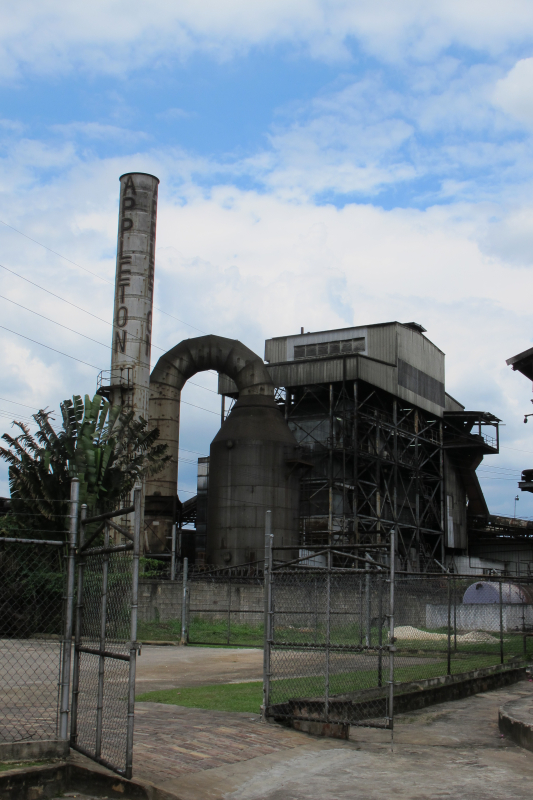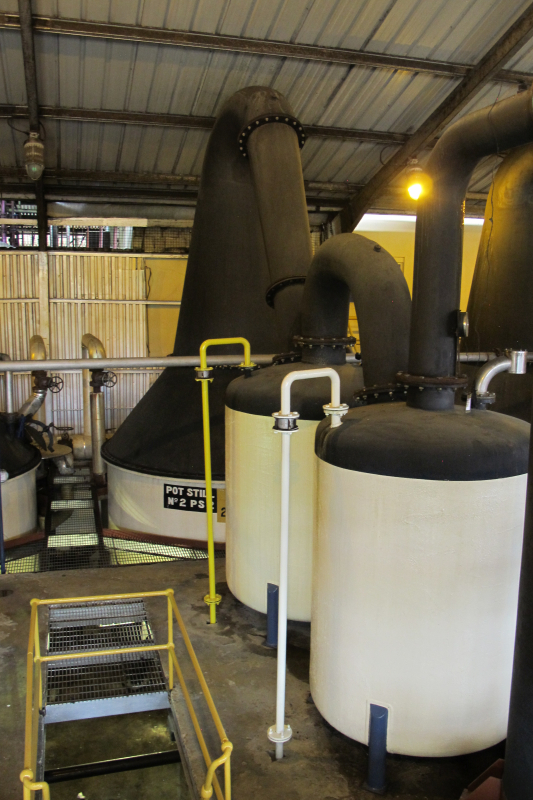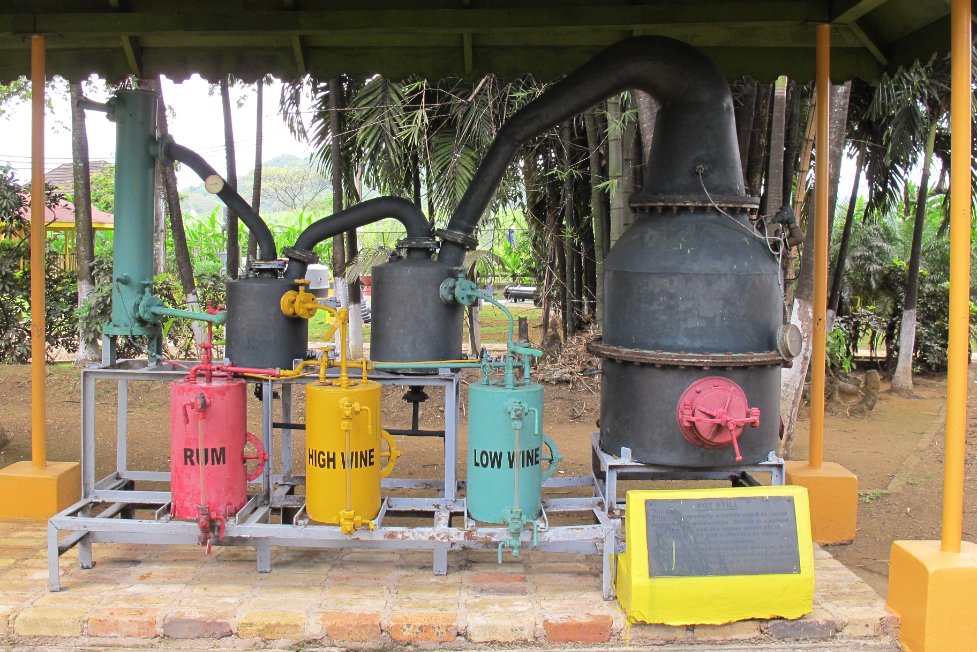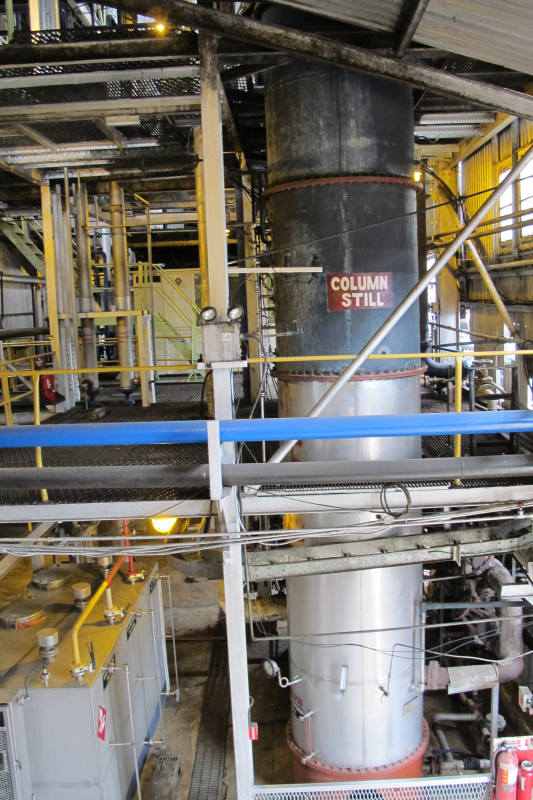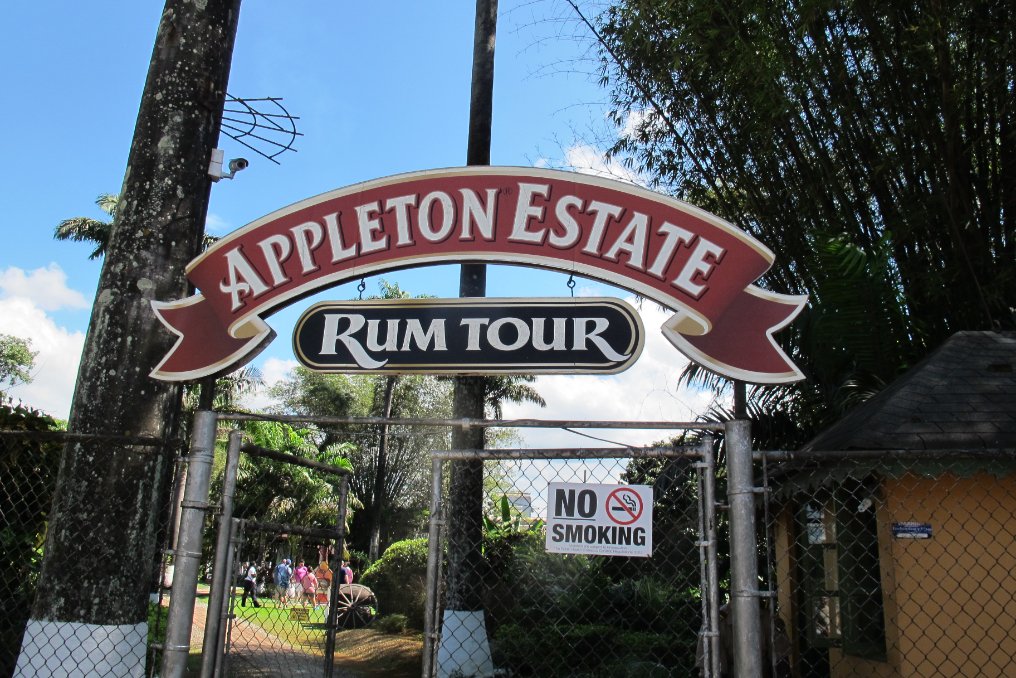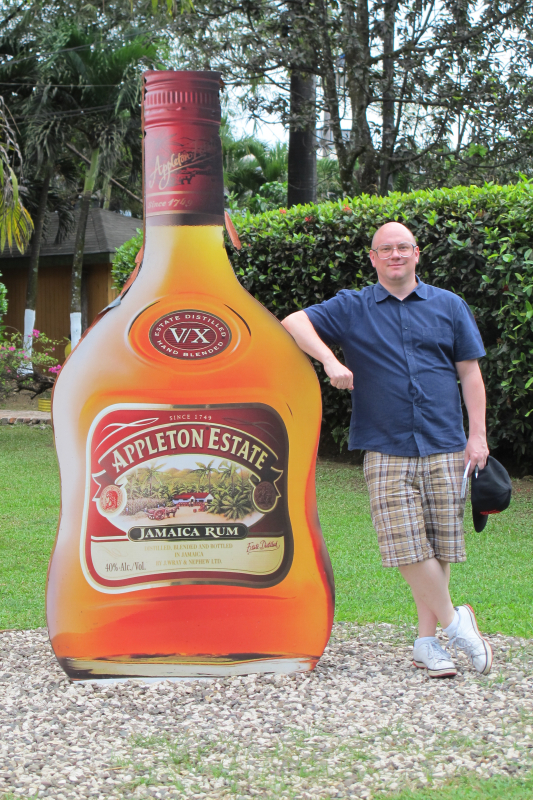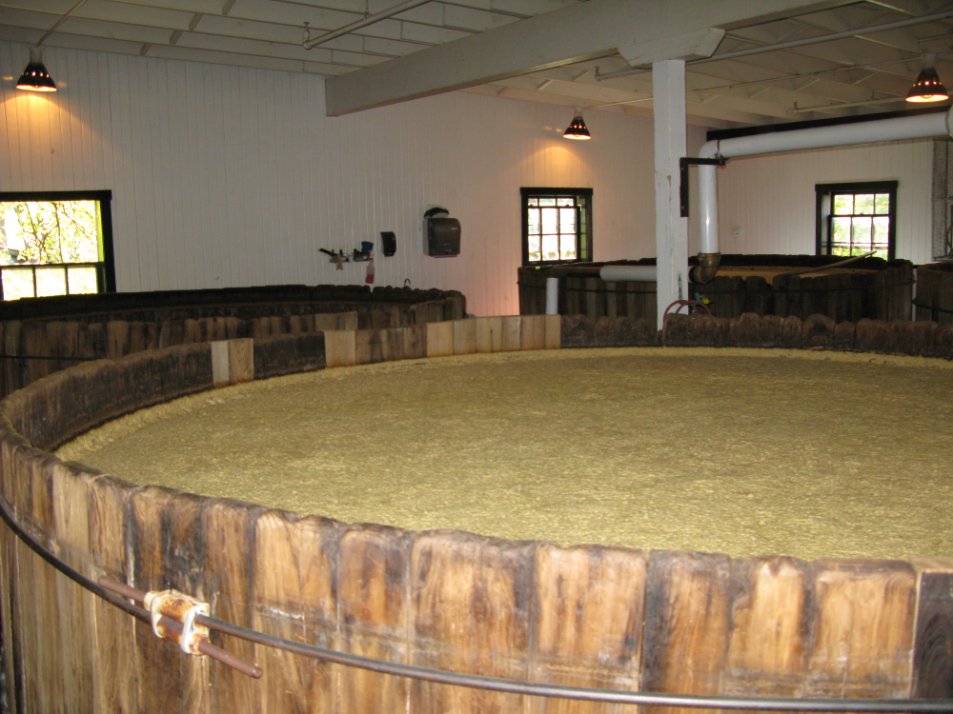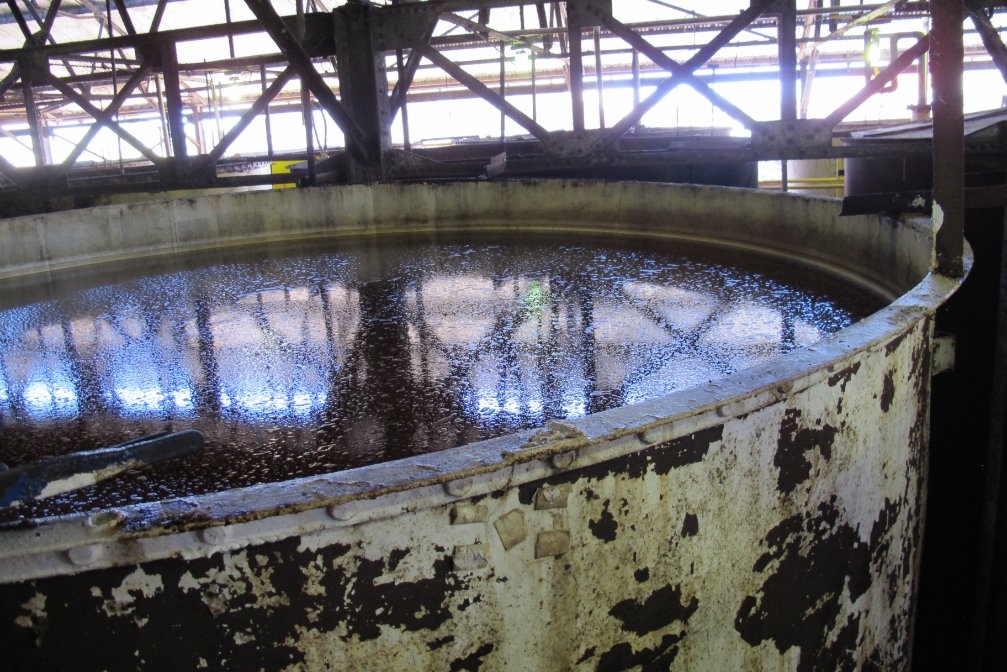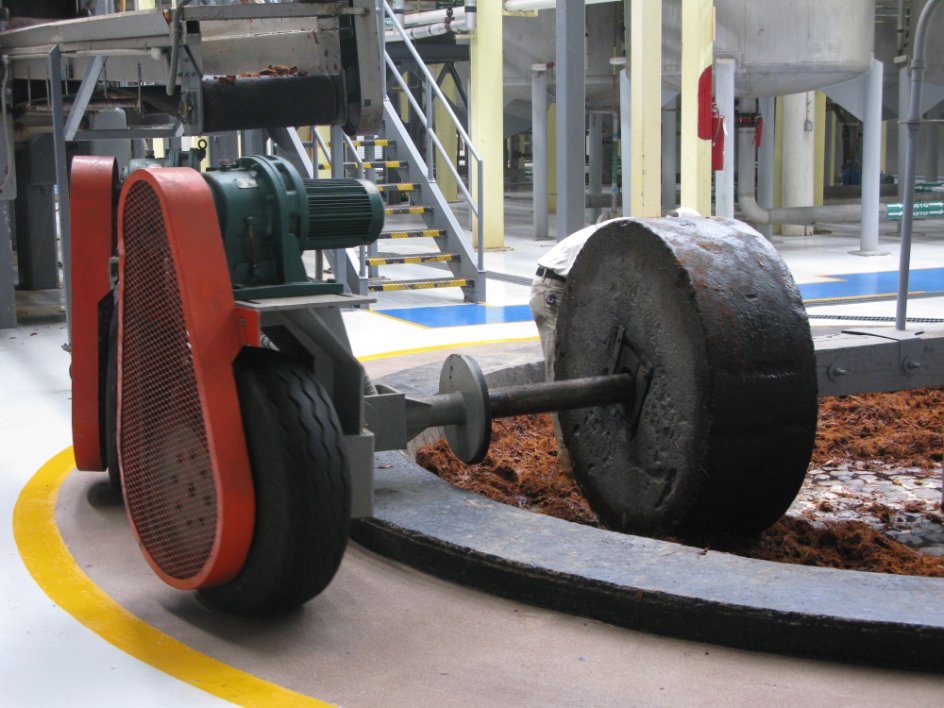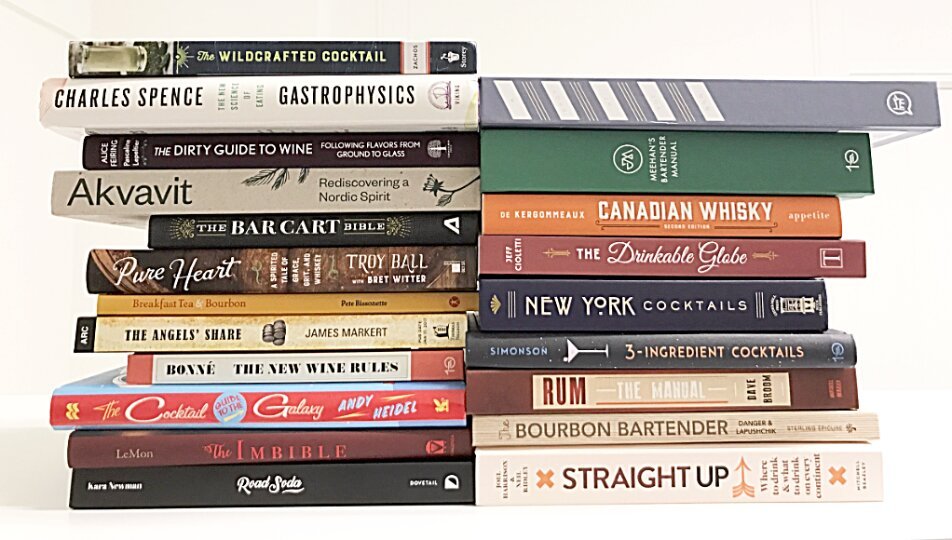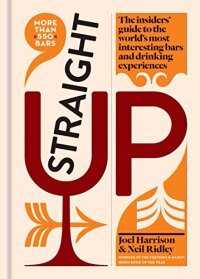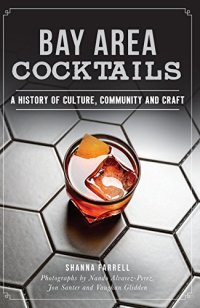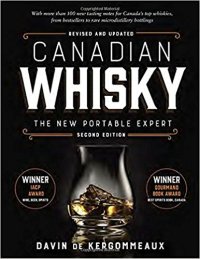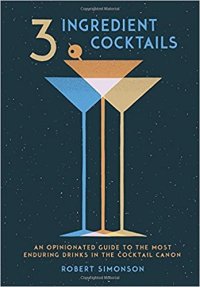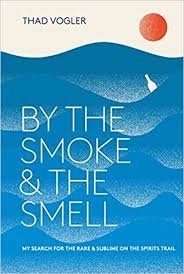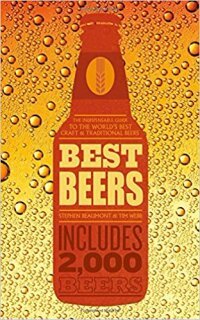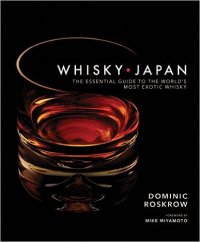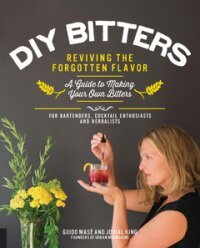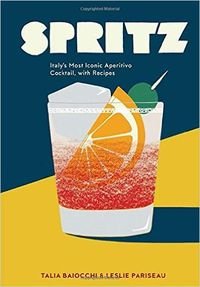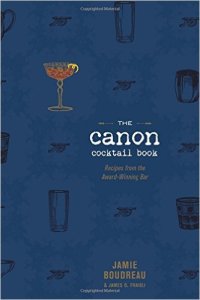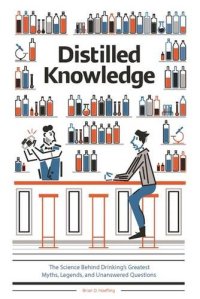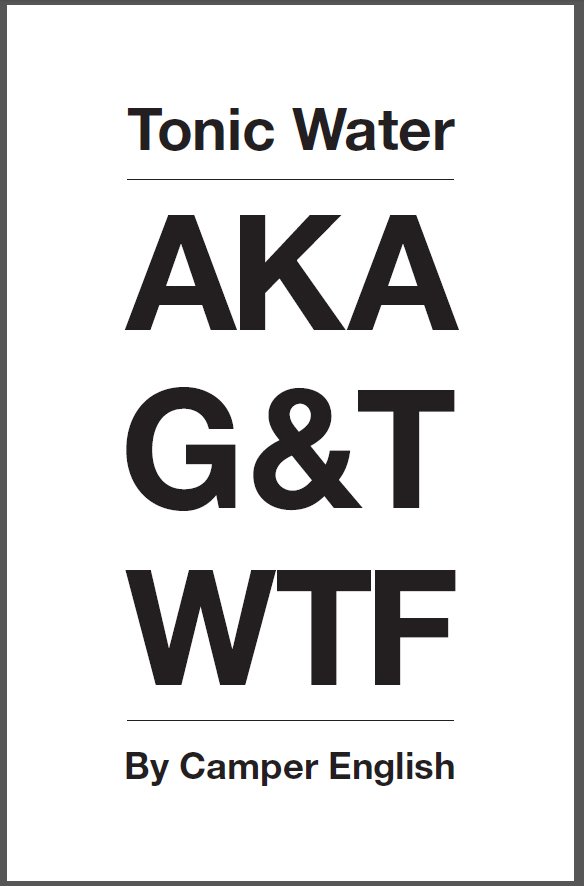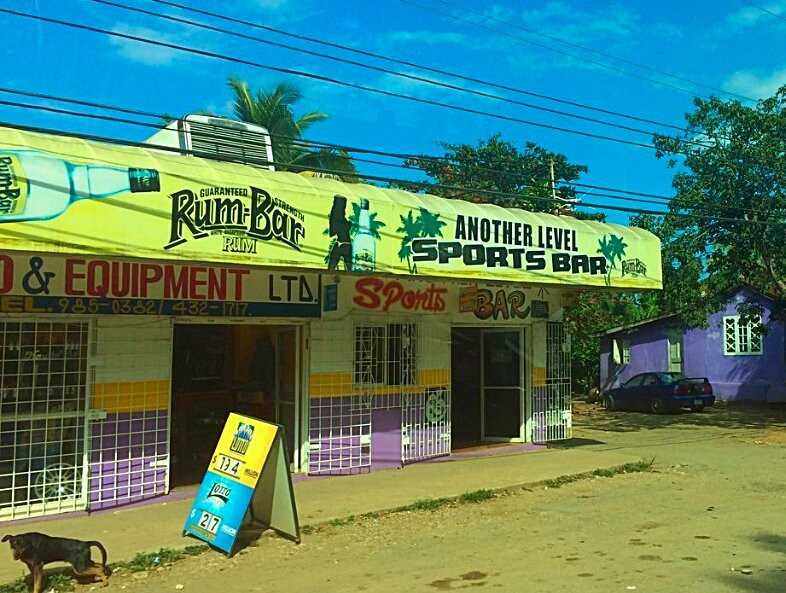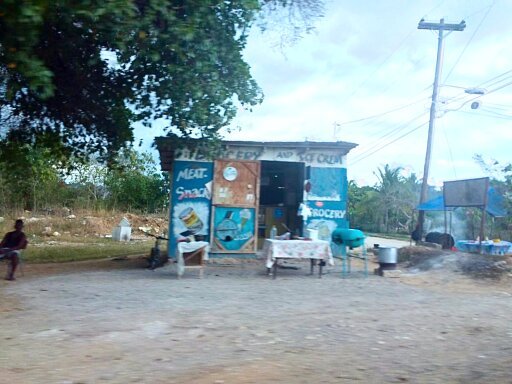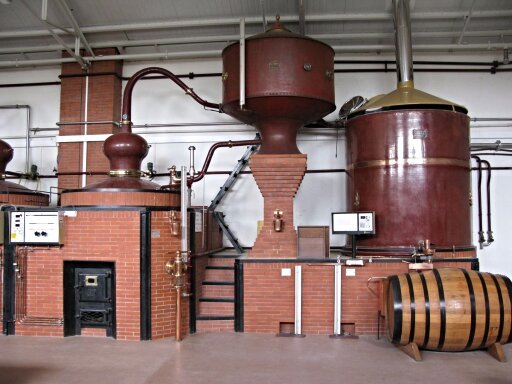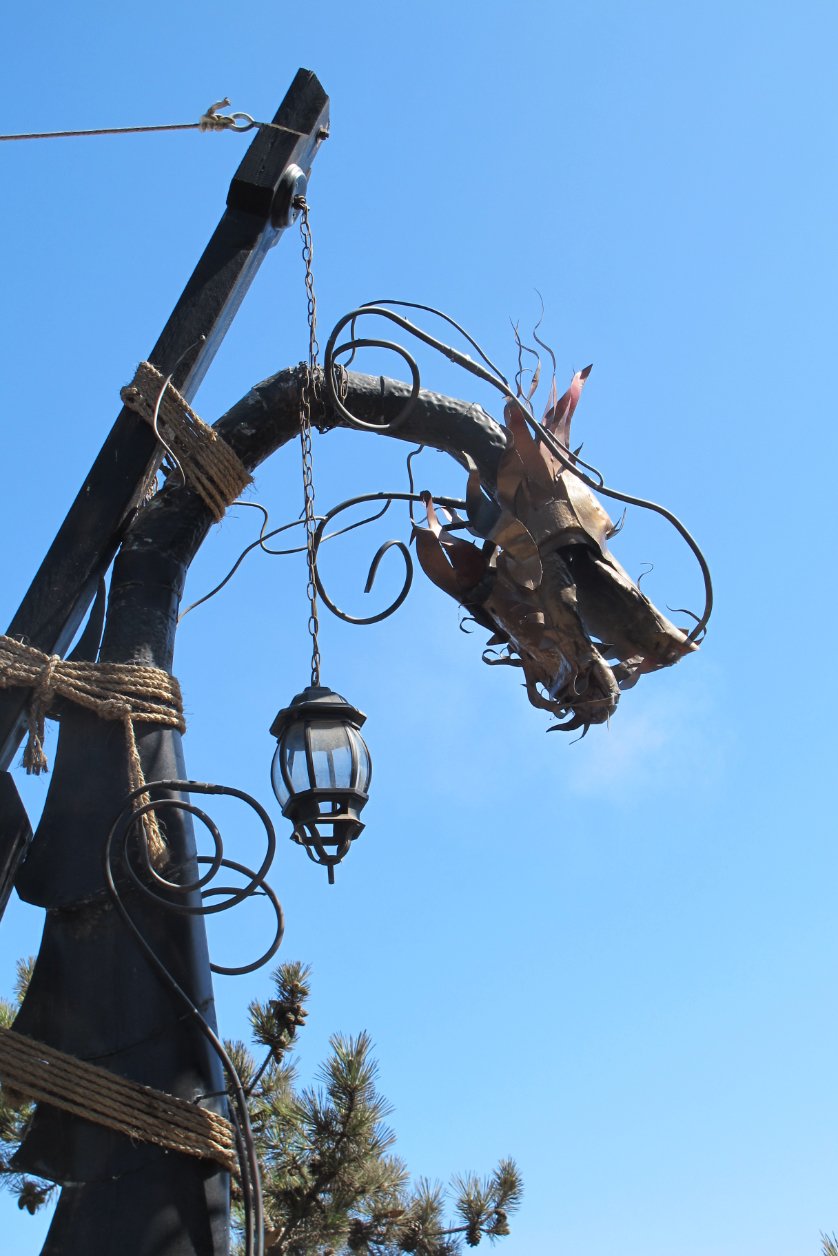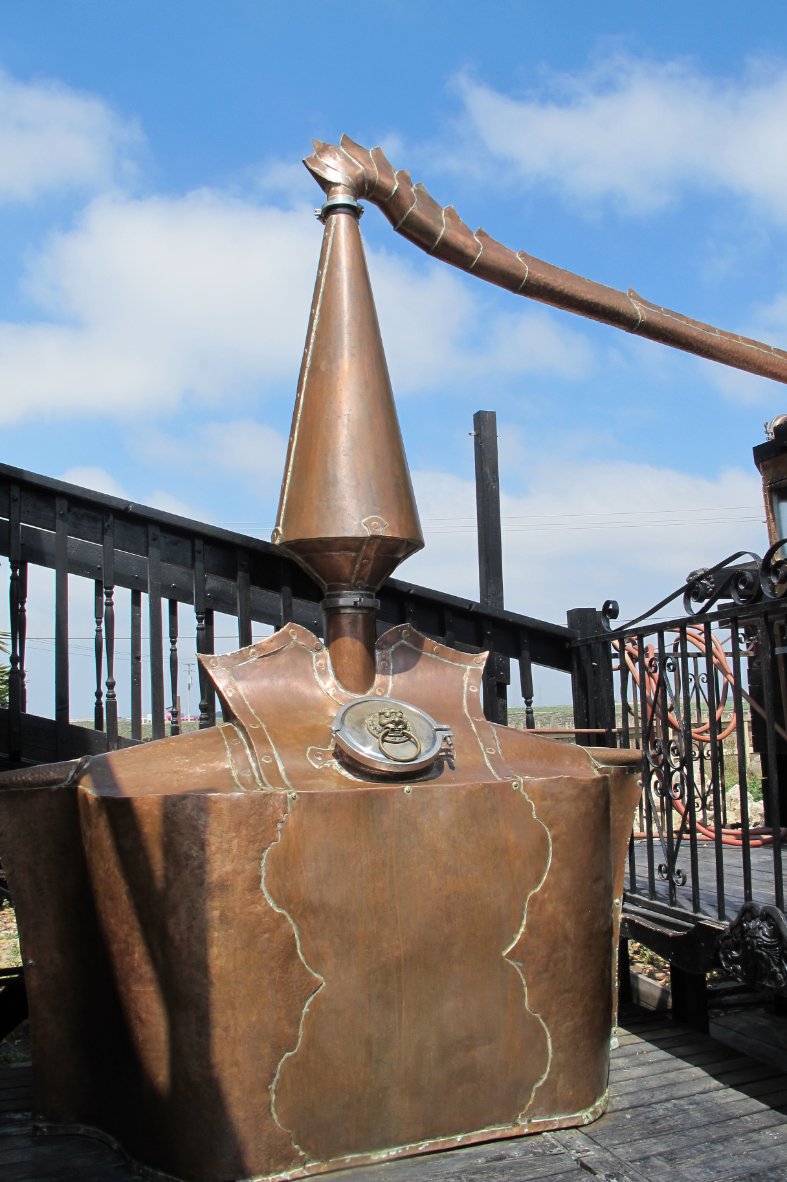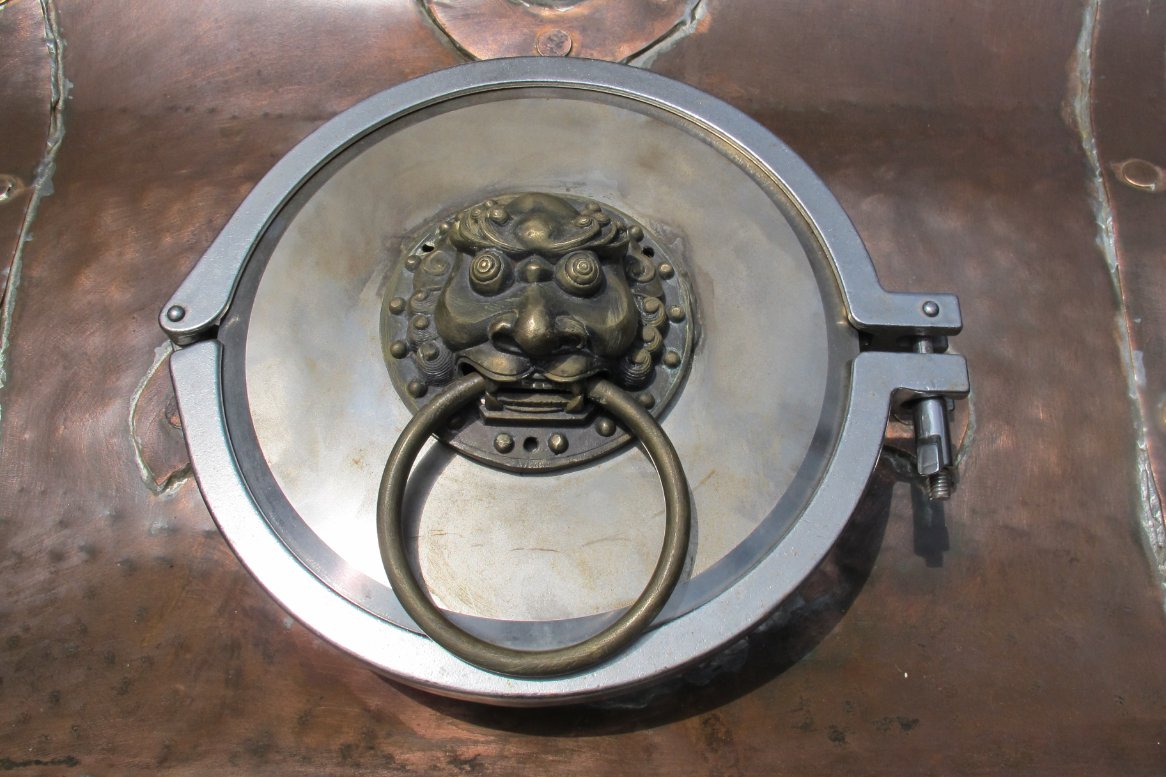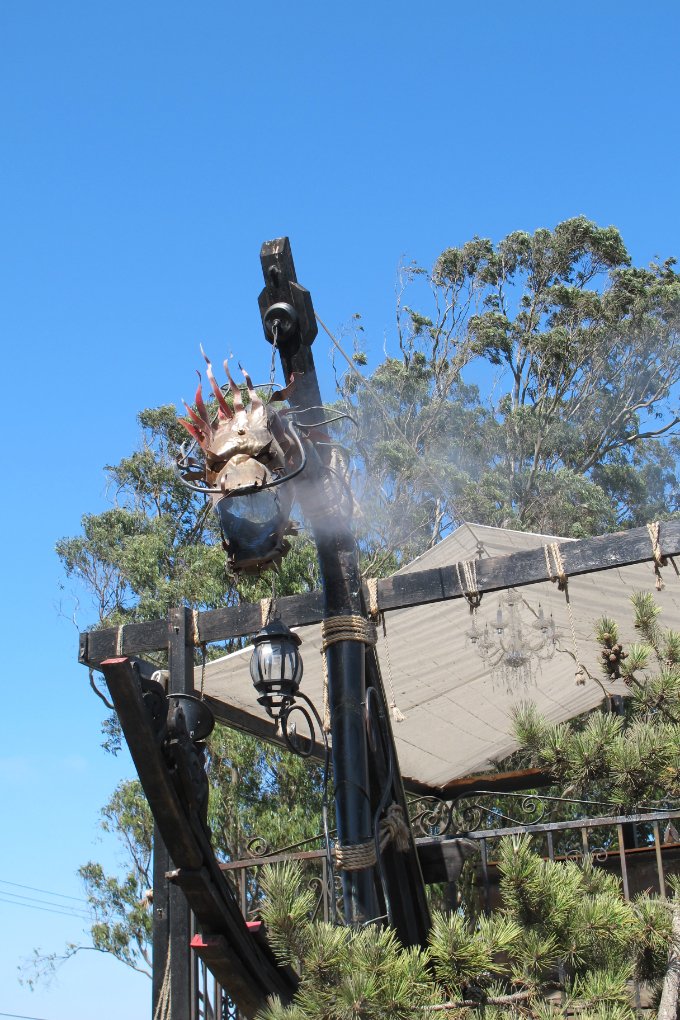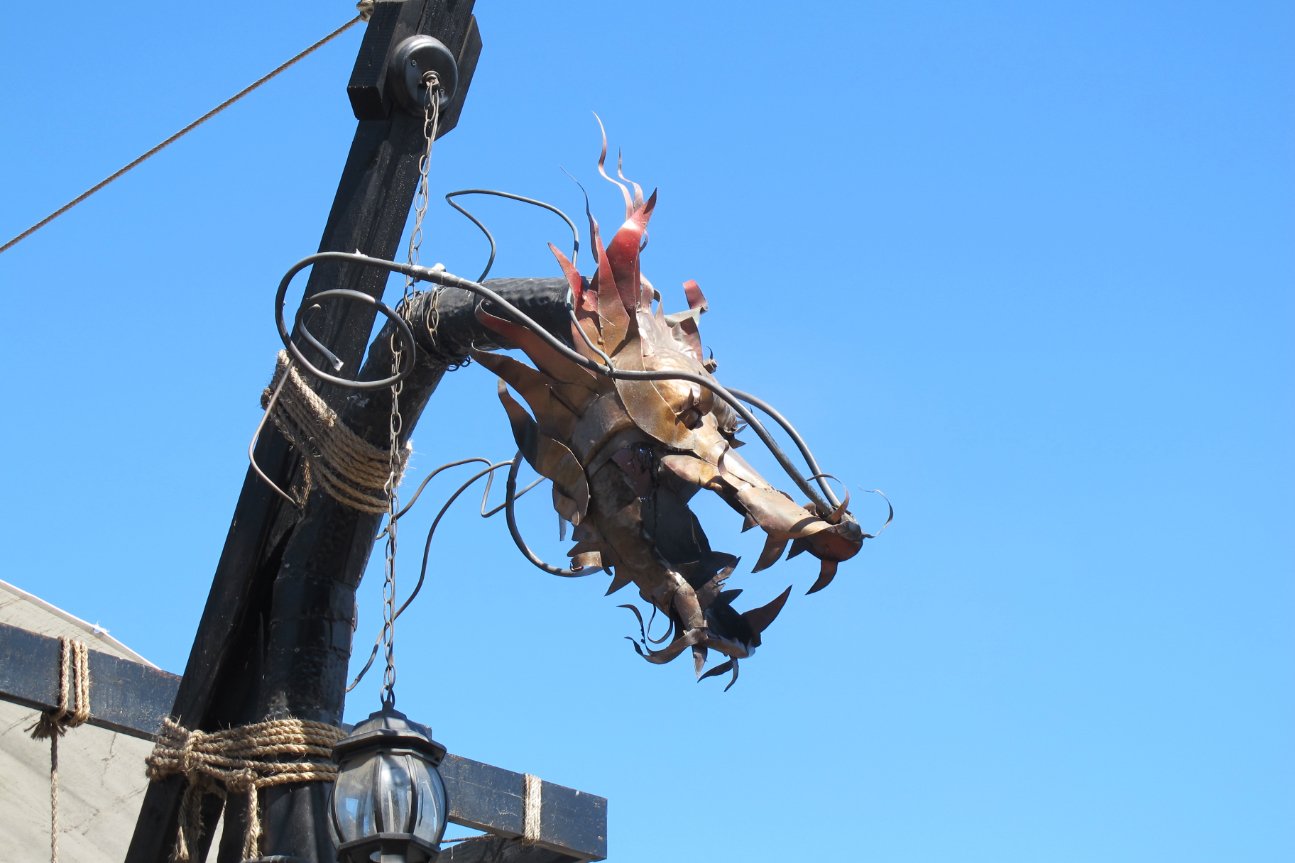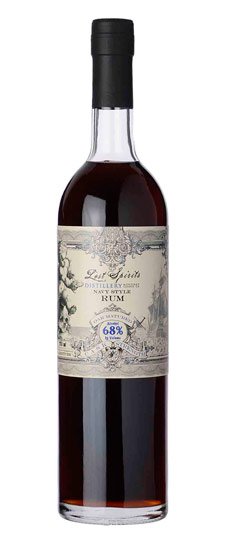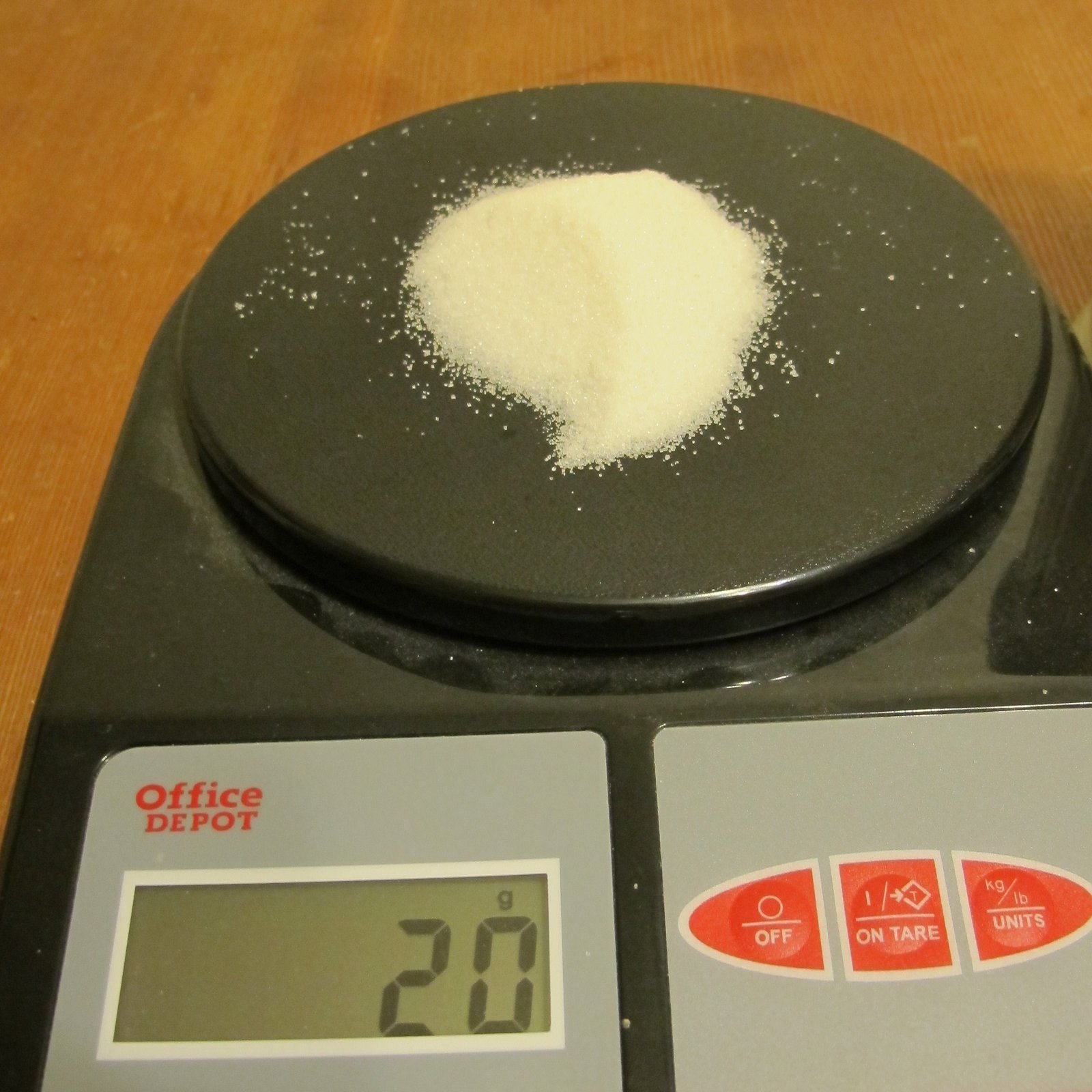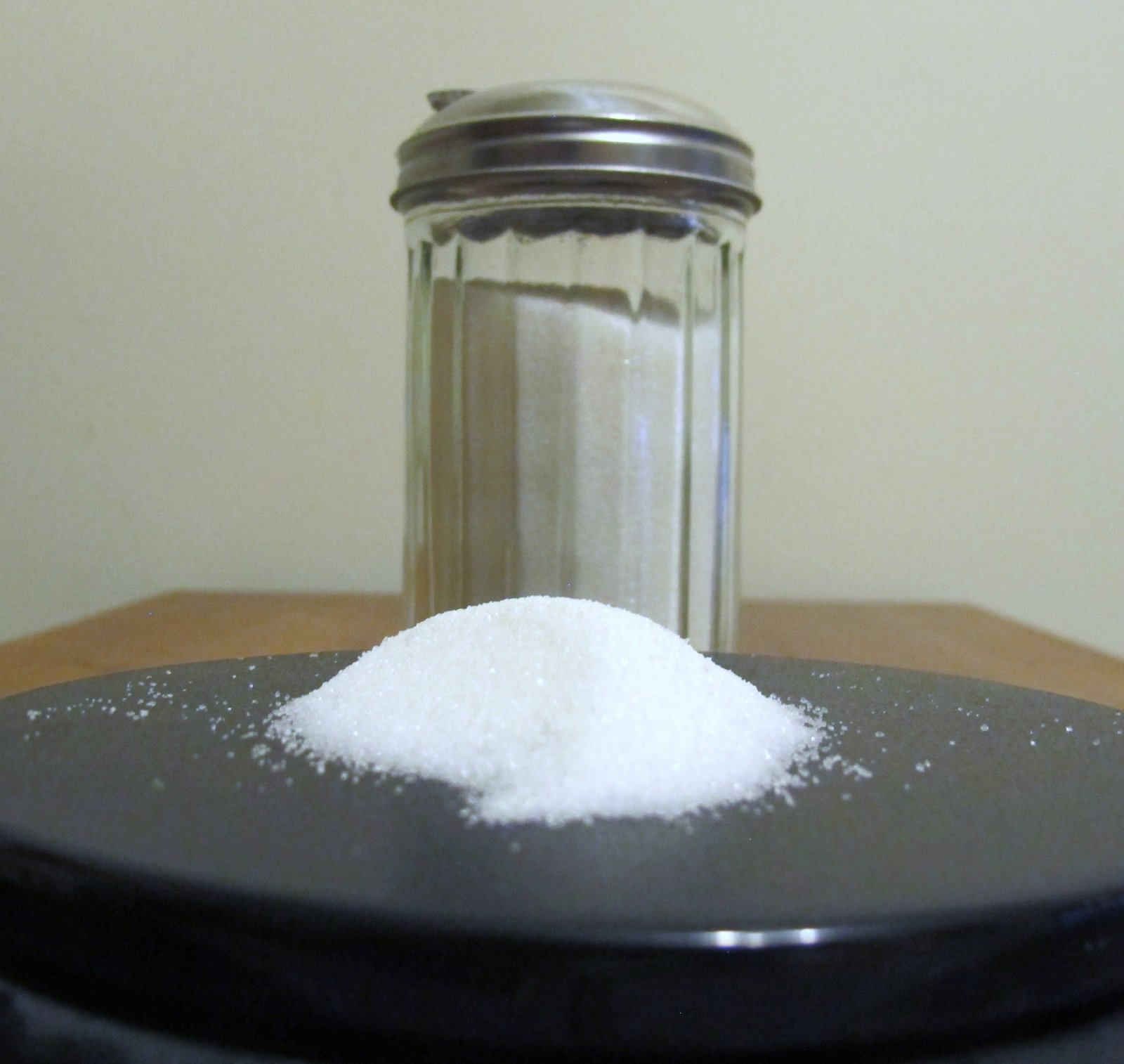It's the annual Alcademics drink book round-up! These are all the cocktails and spirits books that I know about published in 2018, with a couple of wine and beer books thrown in for good measure. It's over 60 books in total. Read them yourself or give 'em as gifts.
This year there appear to be less overall history books, and more women-centric books, whether history or not. Cocktail recipe books are all quite specific, with several that focus on theory and technique; and these overlap with books designed with the professional bartender in mind.
Get to reading.
Cocktail/Recipe Books
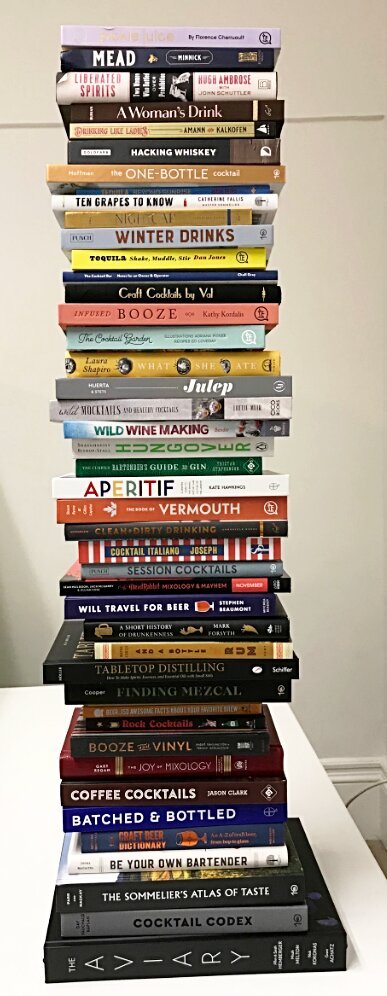 Julep: Southern Cocktails Refashioned by Alba Huerta and Marah Stets
Julep: Southern Cocktails Refashioned by Alba Huerta and Marah Stets
The One-Bottle Cocktail: More than 80 Recipes with Fresh Ingredients and a Single Spirit by Maggie Hoffman
Tequila Beyond Sunrise: Over 40 tequila and mezcal-based cocktails from around the world by Jesse Estes
Finding Mezcal: A Journey into the Liquid Soul of Mexico, with 40 Cocktails by Ron Cooper and Chantal Martineau
Wild Mocktails and Healthy Cocktails: Home-grown and foraged low-sugar recipes from the Midnight Apothecary by Lottie Muir
Infused Booze: Over 60 Batched Spririts and Liqueurs to Make at Home by Kathy Kordalis
Session Cocktails: Low-Alcohol Drinks for Any Occasion by Drew Lazor and Editors of PUNCH
The Cocktail Garden: Botanical Cocktails for Every Season by Ed Loveday and Adriana Picker
Booze & Vinyl: A Spirited Guide to Great Music and Mixed Drinks by André Darlington and Tenaya Darlington
Doctor's Orders: Over 50 inventive cocktails to cure, revive & enliven by Chris Edwards and Dave Tregenza
Cocktail Italiano: The Definitive Guide to Aperitivo: Drinks, Nibbles, and Tales of the Italian Riviera by Annette Joseph
Clean + Dirty Drinking: 100+ Recipes for Making Delicious Elixirs, With or Without Booze by Gabriella Mlynarczyk
Are You There God? It's Me, Margarita: More Cocktails with a Literary Twist (A Tequila Mockingbird Book) by Tim Federle
The Art & Craft of Coffee Cocktails: Over 80 recipes for mixing coffee and liquor by Jason Clark
Aperitif: A Spirited Guide to the Drinks, History and Culture of the Aperitif by Kate Hawkings
The Joy of Mixology, Revised and Updated Edition: The Consummate Guide to the Bartender's Craft by Gary Regan
The Dead Rabbit Mixology & Mayhem: The Story of John Morrissey and the World’s Best Cocktail Menu by Sean Muldoon and Jack McGarry
Nightcap: More than 40 Cocktails to Close Out Any Evening by Kara Newman
Be Your Own Bartender: A Surefire Guide to Finding (and Making) Your Perfect Cocktail by Carey Jones and John McCarthy
Cocktail Codex: Fundamentals, Formulas, Evolutions by Alex Day and Nick Fauchald
Winter Drinks: 70 Essential Cold-Weather Cocktails by Editors of PUNCH
Tequila: Shake, Muddle, Stir: Over 40 of the Best Cocktails for Tequila and Mezcal Lovers by Dan Jones
Pickle Juice: A Revolutionary Approach to Making Better Tasting Cocktails and Drinks by Florence Cherruault
The Mini Bar: 100 Essential Cocktail Recipes; 8 Notebook Set by Editors of PUNCH
The Curious Bartender Volume II: The New Testament of Cocktails by Tristan Stephenson
Glamorous Cocktails: Fashionable mixes from iconic London bars by William Yeoward
Prosecco Made Me Do It: 60 Seriously Sparkling Cocktails by Amy Zavatto
Rock Cocktails: 50 rock 'n' roll drinks recipes―from Gin Lizzy to Guns 'n' Rosés
Northern Hospitality with The Portland Hunt + Alpine Club: A Celebration of Cocktails, Cooking, and Coming Together by Andrew Volk and Briana Volk
The Aviary Cocktail Book by Grant Achatz, Micah Melton, Nick Kokonas, Allen and Sarah Hemberger.
The Cocktail Companion: A Guide to Cocktail History, Culture, Trivia and Favorite Drinks by Cheryl Charming
Drink London (London Guides) by Euan Ferguson
Beachbum Berry's Sippin' Safari: Tenth Anniversary Expanded Edition by Jeff Beachbum Berry
Wine Books
Wild Winemaking: Easy & Adventurous Recipes Going Beyond Grapes, Including Apple Champagne, Ginger–Green Tea Sake, Key Lime–Cayenne Wine, and 142 More by Richard W. Bender
Ten Grapes to Know: The Ten and Done Wine Guide by Catherine Fallis
Wine Food: New Adventures in Drinking and Cooking by Dana Frank and Andrea Slonecker
The Sommelier's Atlas of Taste: A Field Guide to the Great Wines of Europe by Rajat Parr and Jordan Mackay
Prosecco Made Me Do It: 60 Seriously Sparkling Cocktails by Amy Zavatto
Spirit Books, Misc.
The Connoisseur’s Guide to Worldwide Spirits: Selecting and Savoring Whiskey, Vodka, Scotch, Rum, Tequila . . . and Everything Else (An Expert’s Guide … and Savoring Every Spirit in the World) by Richard Carleton Hacker
Tabletop Distilling: How to Make Spirits, Essences, and Essential Oils with Small Stills by Kai Möller
The Gin Dictionary by David T. Smith
The Book of Vermouth: A Bartender and a Winemaker Celebrate the World's Greatest Aperitif by Shaun Byrne and Gilles Lapalus
The Curious Bartender's Guide to Gin: How to appreciate gin from still to serve by Tristan Stephenson
Women-Centric Drink Books
 Craft Cocktails by Val: Drinks Inspired by Hillary Rodham Clinton
Craft Cocktails by Val: Drinks Inspired by Hillary Rodham Clinton
Drinking Like Ladies: 75 modern cocktails from the world's leading female bartenders; Includes toasts to extraordinary women in history by Misty Kalkofen and Kirsten Amann
Liberated Spirits: Two Women Who Battled Over Prohibition by Hugh Ambrose and John Schuttler
A Woman's Drink: Bold Recipes for Bold Women by Natalka Burian
Movers and Shakers: Women Making Waves in Spirits, Beer & Wine by Hope Ewing
Free the Tipple: Kickass Cocktails Inspired by Iconic Women
by Jennifer Croll (Author), Kelly Shami (Illustrator)
History Books
A Short History of Drunkenness: How, Why, Where, and When Humankind Has Gotten Merry from the Stone Age to the Present by Mark Forsyth
A Thousand Thirsty Beaches: Smuggling Alcohol from Cuba to the South during Prohibition by Lisa Lindquist Dorr
Moonshine: A Celebration of America's Original Rebel Spirit by John Schlimm
A Drinkable Feast: A Cocktail Companion to 1920s Paris by Philip Greene
Beer, Mead, Cider
Mead: The Libations, Legends, and Lore of History's Oldest Drink by Fred Minnick
Will Travel for Beer: 101 Remarkable Journeys Every Beer Lover Should Experience by Stephen Beaumont
Beer: 150 Awesome Facts About Your Favorite Brew by Caroline West
Ciderology: From History and Heritage to the Craft Cider Revolution by Gabe Cook
The Craft Beer Dictionary: An A-Z of craft beer, from hop to glass by Richard Croasdale
Kitchen Brewing: A New, Easier and Quicker Way to Home Brew by Jakob Nielsen and Mikael Zetterberg
Bar, Drinking Culture, and Professional Books
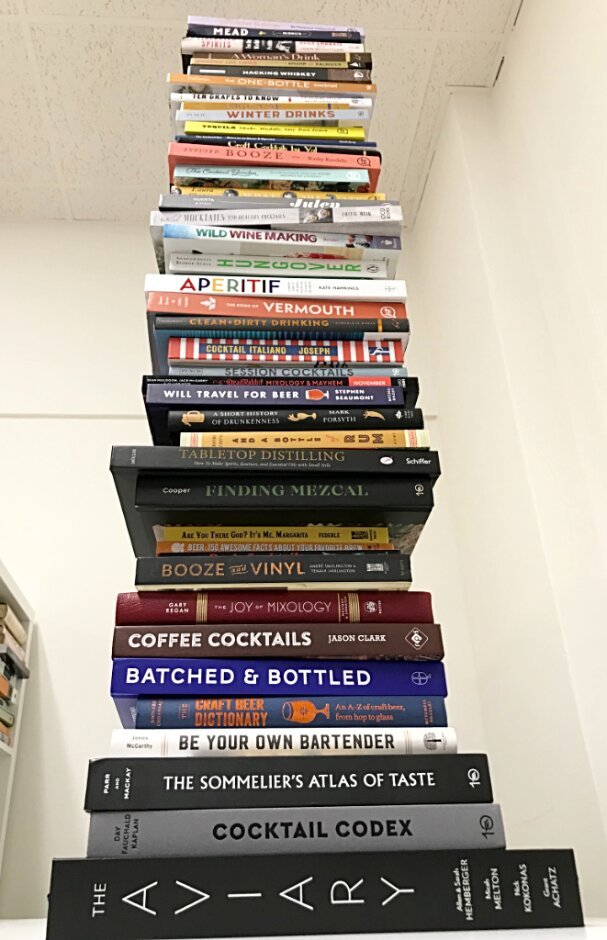 Bars, Taverns, and Dives New Yorkers Love: Where to Go, What to Drink by John Tebeau
Bars, Taverns, and Dives New Yorkers Love: Where to Go, What to Drink by John Tebeau
Drinking Distilled: A User's Manual by Jeffrey Morgenthaler
I'm Just Here for the Drinks: A Guide to Spirits, Drinking and More Than 100 Extraordinary Cocktails by Sother Teague
Hungover: The Morning After and One Man's Quest for the Cure by Shaughnessy Bishop-Stall
Allergen Awareness: A Chef's Perspective by Myron Keith Norman
Batched & Bottled by Max Venning
The Cocktail Bar: Notes for an Owner & Operator by Chall Gray
Whiskey Books
From Dram to Manhattan: Around the world in 40 whisky cocktails from Scotch to Bourbon by Jesse Estes
Hacking Whiskey: Smoking, Blending, Fat Washing, and Other Whiskey Experiments by Aaron Goldfarb
The Bourbon Bible by Eric Zandona
Whiskey America by Dominic Roskrow
Single Malt: A Guide to the Whiskies of Scotland: Includes Profiles, Ratings, and Tasting Notes for More Than 330 Expressions by Clay Risen
World's Best Whiskies:750 Unmissable Drams from Tain to Tokyo by Dominic Roskrow
Bourbon Justice: How Whiskey Law Shaped America by Brian F. Haara
Not enough books for you? Check out:
All the drink books that came out in 2017
All the Cocktails and Spirits Books Published in 2016 for Reading or Gifting
All the Cocktails & Spirits Books Published in 2015, For Reading or Gifting
More Than 40 Drink Books Published in 2014 for Reading or Gifting
